Buying an RV: What to Know Before You Hit the Road
Buying an RV is more than a purchase—it’s a lifestyle decision. Whether you’re chasing weekend getaways, planning cross-country road trips, or dreaming of full-time RV living, finding the right rig is key to making your travel goals a reality. With so many options, features, and price points, the buying process can feel overwhelming. But don’t worry—we’re here to guide you through it.
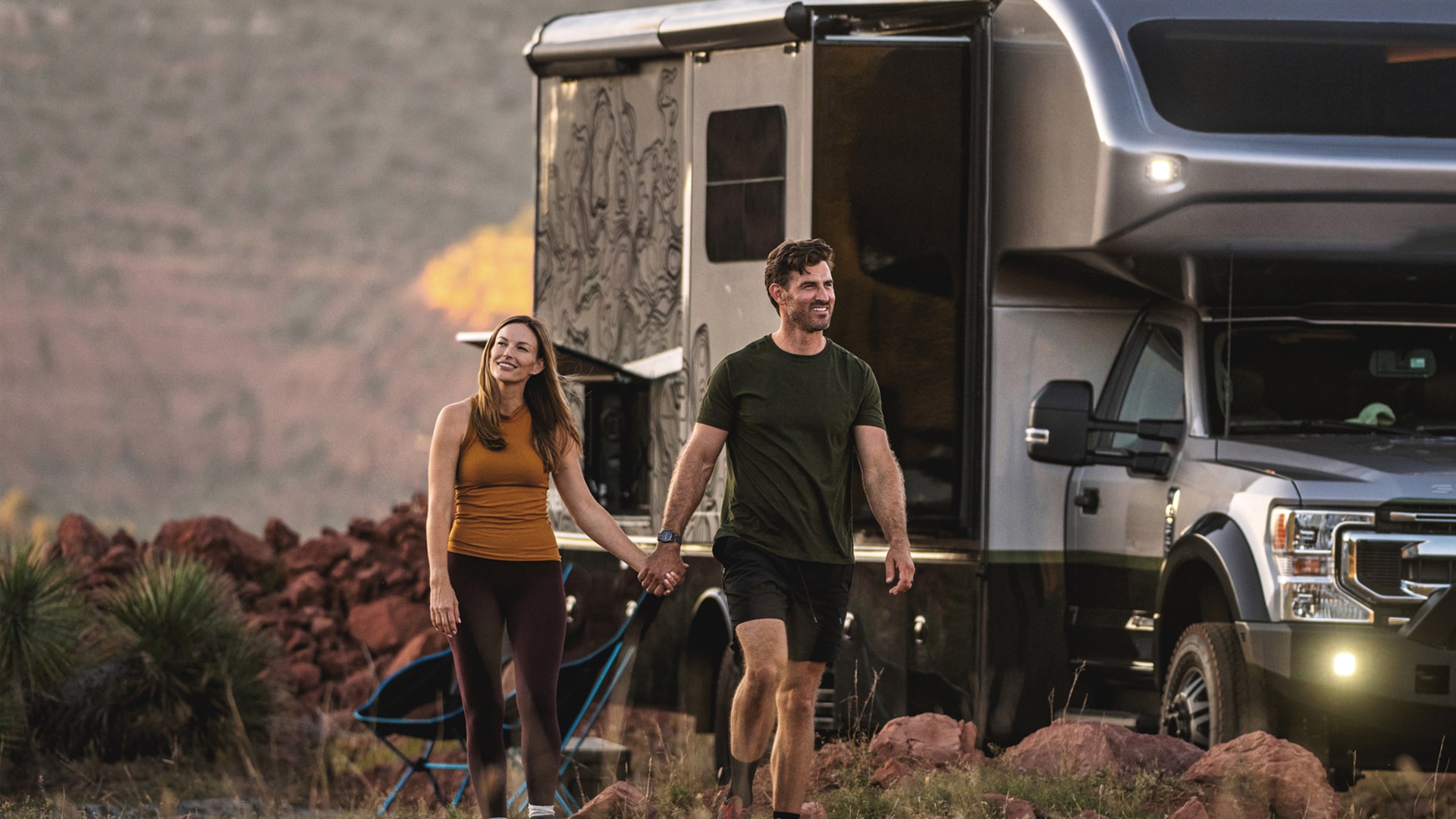
Step One
Know Your Travel Style
Before shopping, think about how you plan to use your RV. Are you a solo traveler, couple, or family? Will you stick to campgrounds or venture off-grid? These answers will help narrow down what type of RV best suits your lifestyle.
Common RV types include:
- Travel Trailers: Towable, versatile, and available in a wide range of sizes.
- Fifth Wheels: Larger, towable RVs with spacious layouts requiring a fifth wheel hitch installed in the truck bed.
- Motorhomes (Class A, B, and C): Drivable RVs offering everything from compact camper vans to luxury touring coaches.
- Truck Campers & Pop-Ups: Compact, flexible, and perfect for short-term adventures or minimalists.
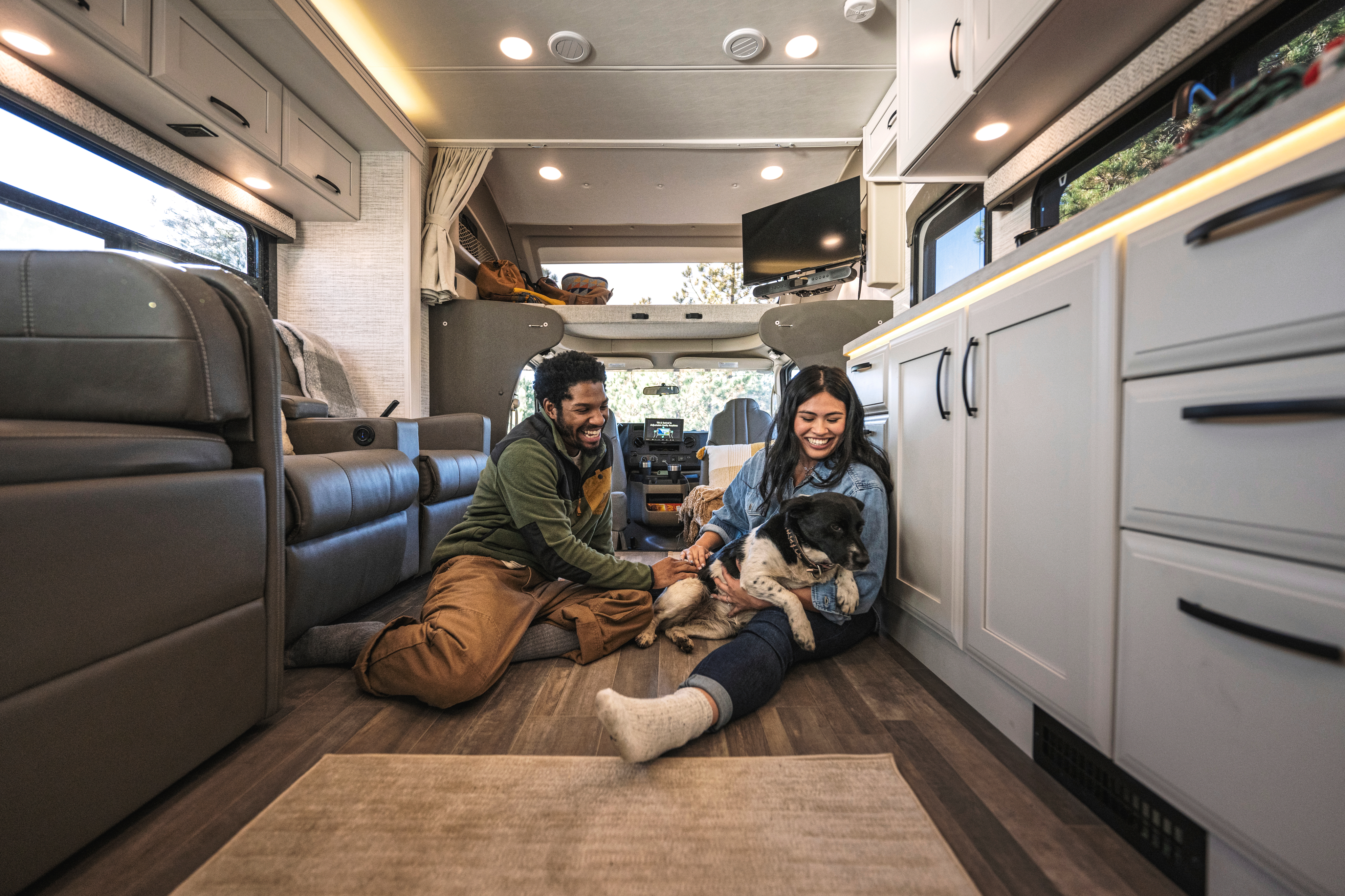
Step Two
Set a Realistic Budget
RV prices vary widely—from $10,000 for a small trailer to $300,000+ for a high-end motorhome. Your budget should include more than just the initial purchase:
- Insurance
- Registration and taxes
- Maintenance and repairs
- Storage (if not parked at home)
- Accessories and upgrades
Also factor in fuel costs, campground fees, and any potential financing.
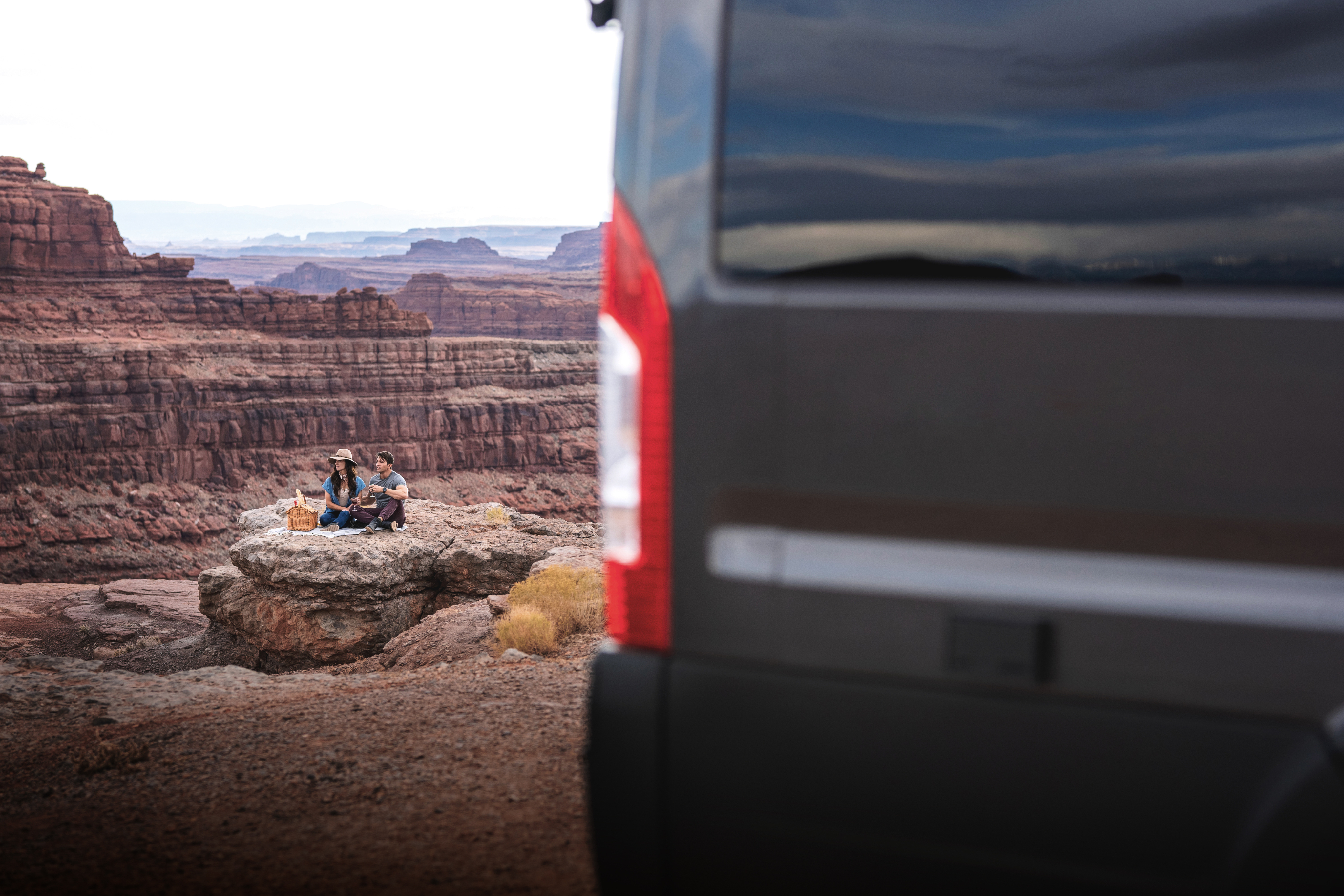
Step Three
New vs. Used
New RVs come with warranties and the latest features but tend to be more expensive.
Used RVs can offer great value, but it’s important to inspect for wear, water damage, or mechanical issues. If you are looking to purchase used, a certified pre-owned model from a dealer is the safest bet, especially for first-time buyers.
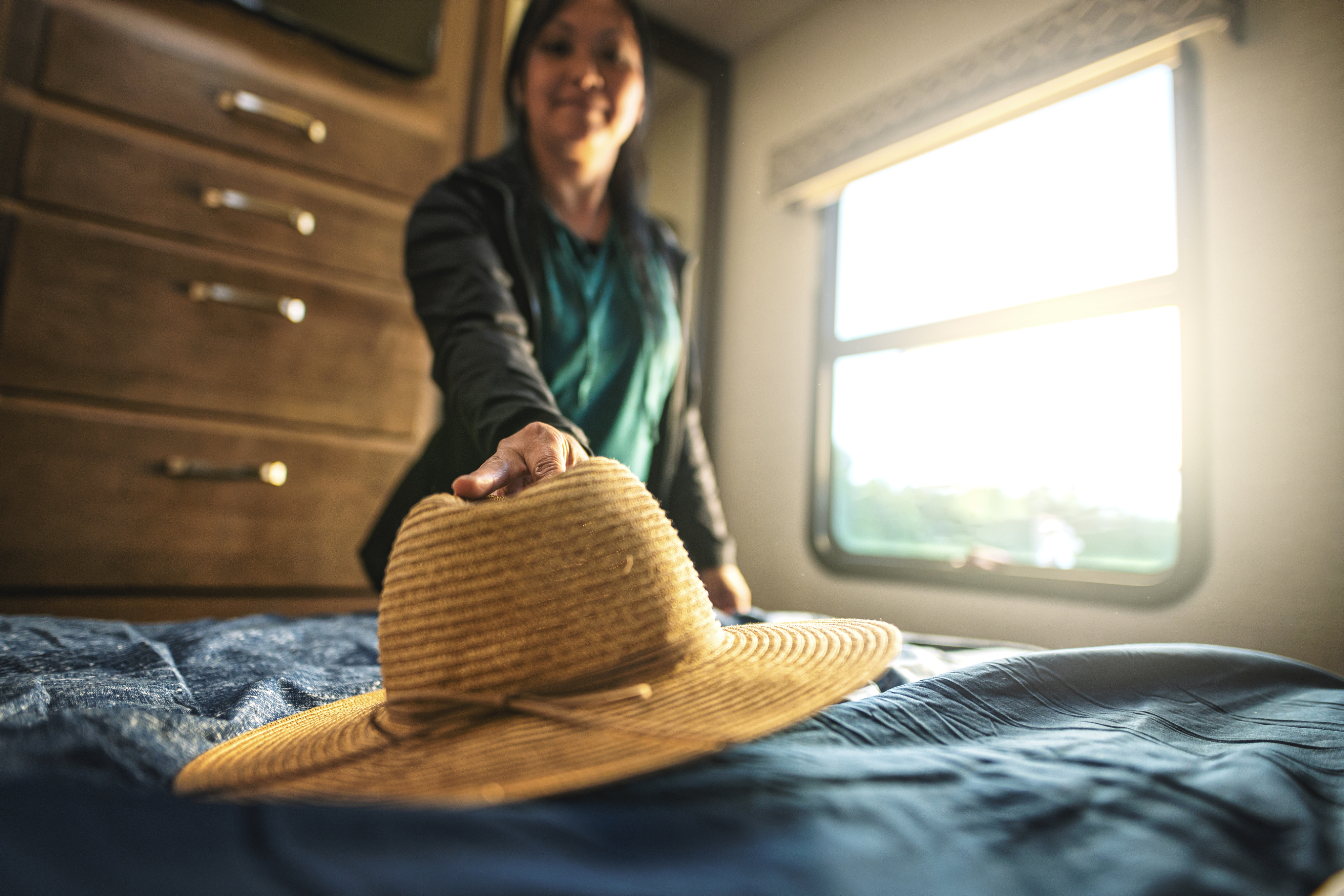
Step Four
Think About Size & Layout
Size matters for comfort, towing and where you can camp. When evaluating layouts, ask:
- Is there enough sleeping space for everyone?
- Do you need a full kitchen or just a place to prep?
- Are bathroom facilities a must?
- Will you need space for gear, pets, or remote work?
Walk through different floorplans and imagine your daily routine in the space.
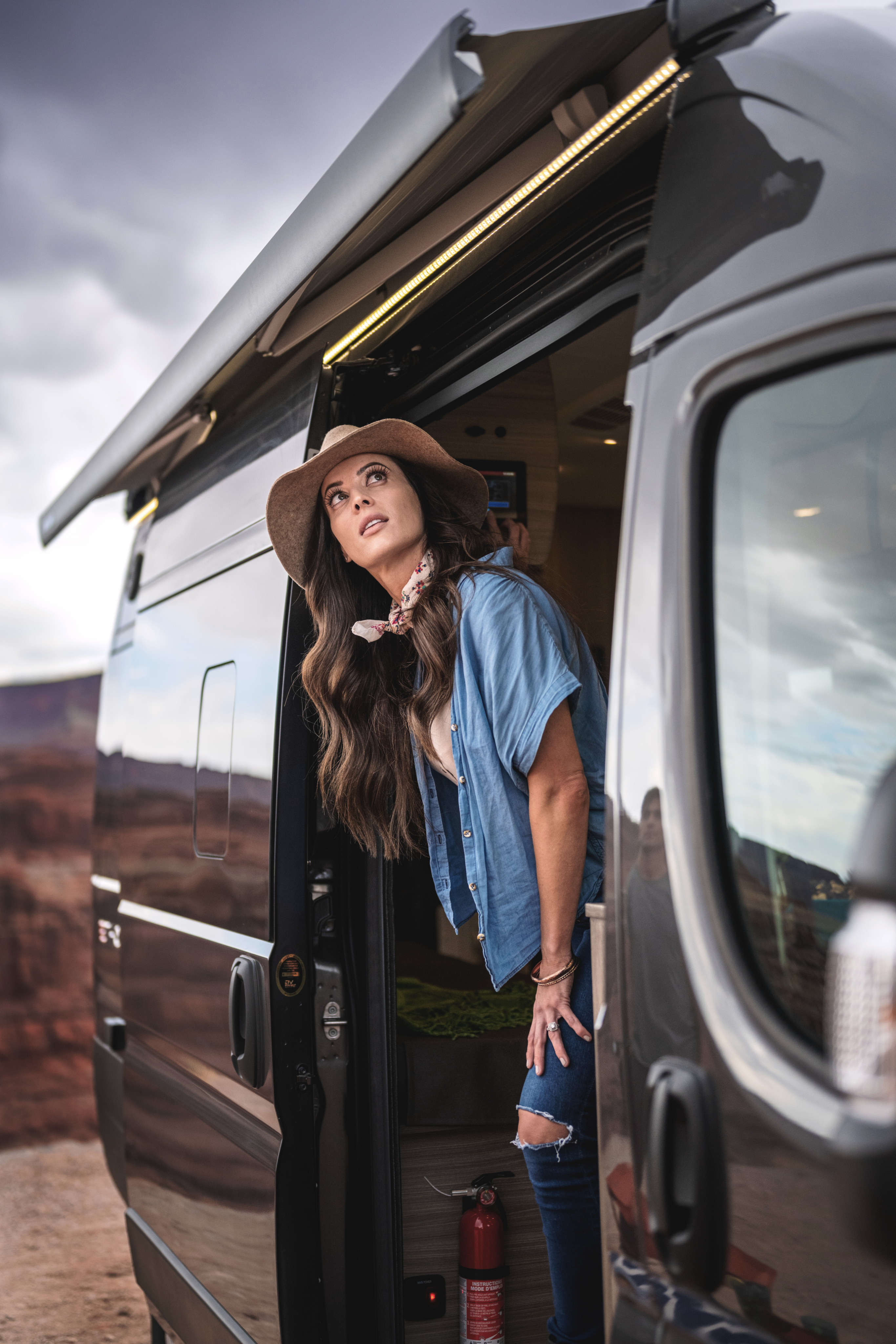
Step Five
Check the Features
Common features to look for:
- Slide-outs for extra space
- Solar readiness or off-grid capabilities
- Climate control (especially for year-round use)
- Smart storage solutions
- Towing equipment (for trailers)
- Generator, battery setup, or solar power
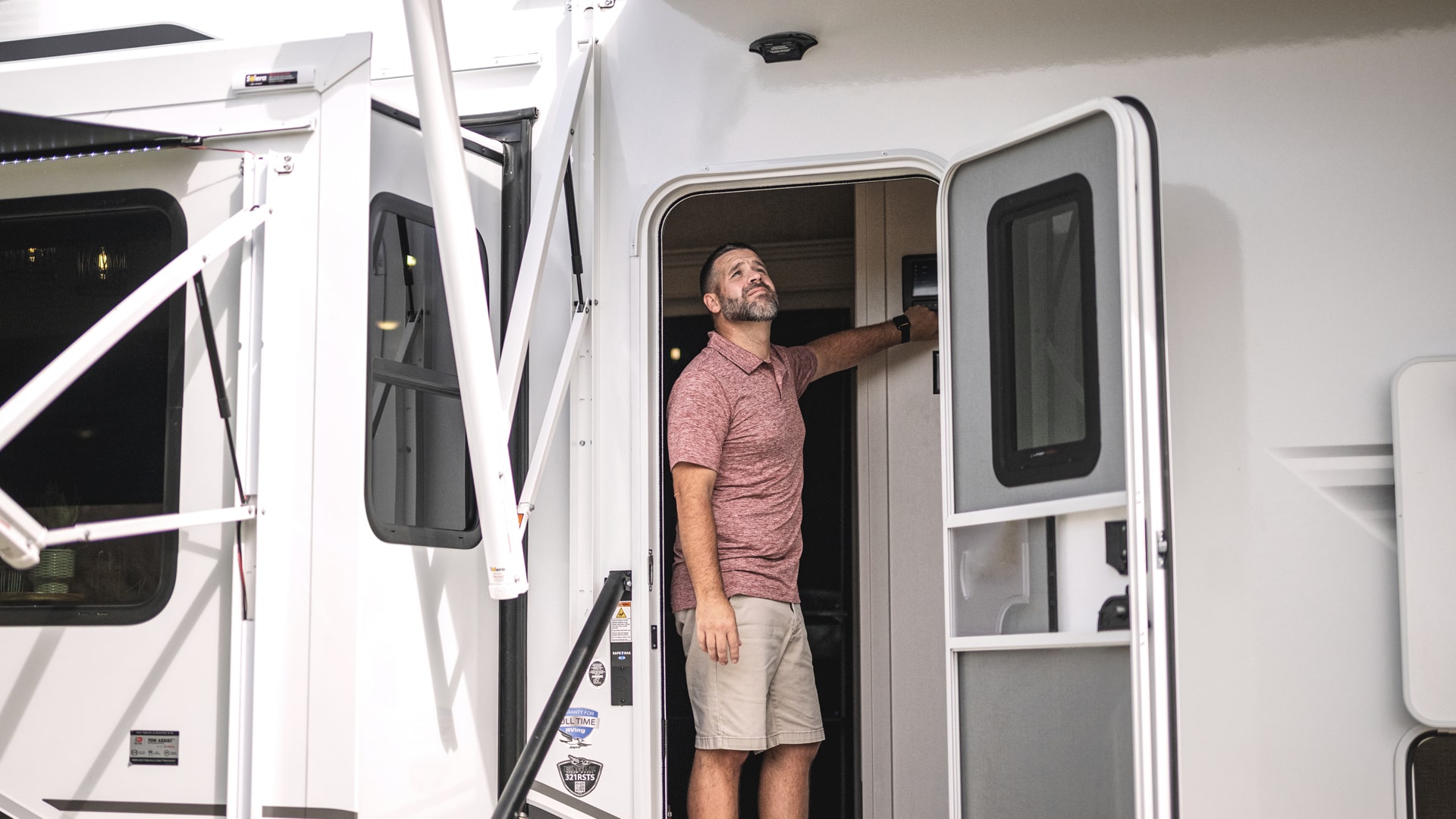
Step Six
Shop Smart
Browse online marketplaces, visit local dealerships, or attend RV shows to compare models and pricing. Don’t be afraid to ask questions, request demos, or negotiate. If buying used, a professional inspection is highly recommended.
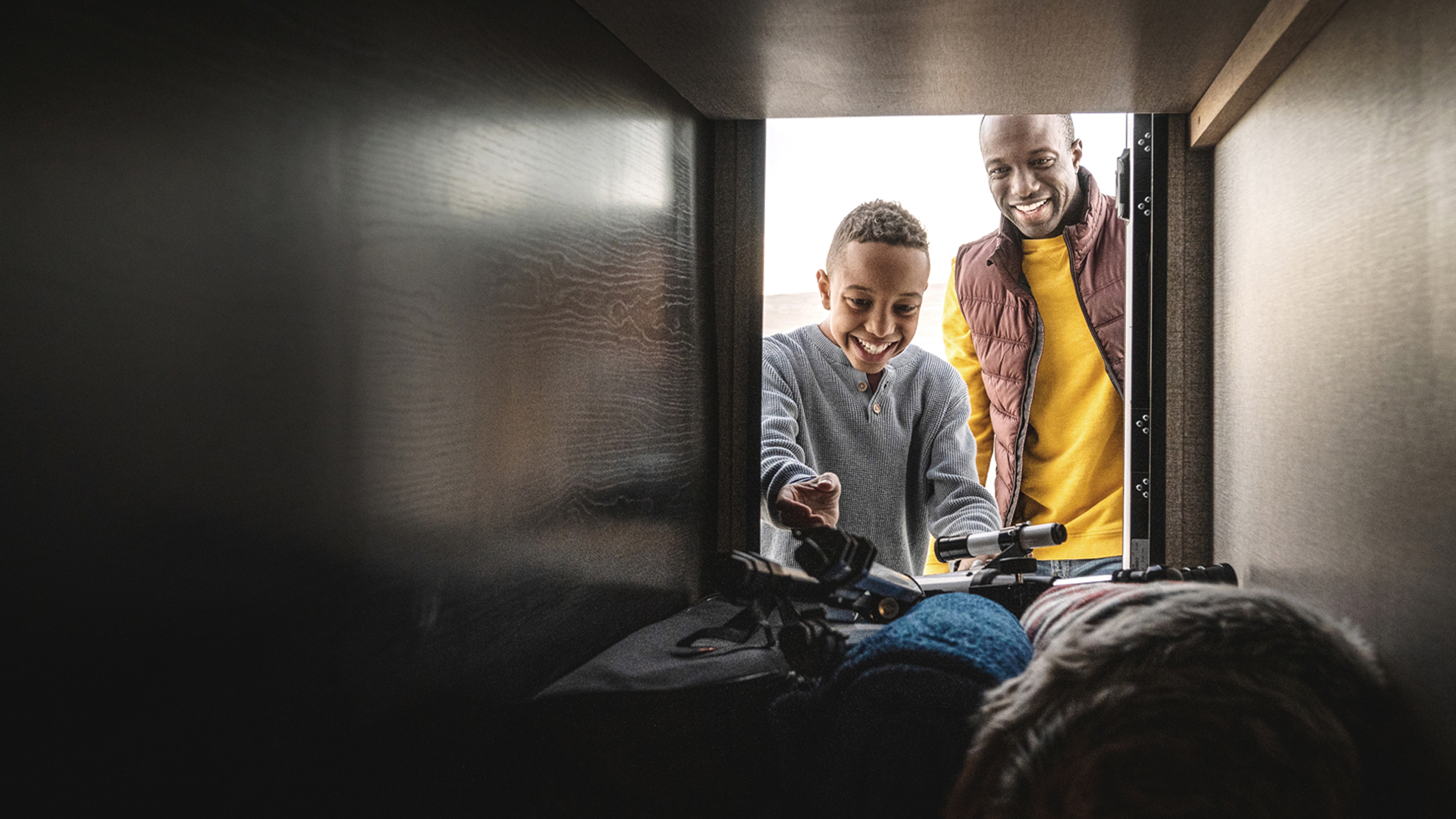
Step Seven
Make It Official
Once you’ve chosen your RV:
- Secure financing or arrange payment
- Review the contract and warranty
- Register the RV and get it insured
- Take a test drive or practice towing before your first big trip
Answers from our experts.
The right size depends on three key factors: your crew, your tow vehicle and your destination. First, ensure there's enough comfortable sleeping and living space for everyone on your trip. Second, if you're considering a towable RV like a travel trailer or fifth wheel, you must know your vehicle's towing capacity to ensure you can pull it safely. Finally, consider where you want to camp. Many national and state parks have length restrictions, so a smaller RV might grant you more access, while larger private resorts can accommodate bigger rigs. Refer to our "Find Your Jayco Match" table above to see how different sizes align with different travel styles.
For the vast majority of RVs, a standard driver's license is all you need. In most states, any vehicle or combination of vehicles with a Gross Vehicle Weight Rating (GVWR) under 26,000 pounds does not require special licensing. This covers most travel trailers, Class B and Class C motorhomes. However, some larger Class A motorhomes and heavy-duty fifth wheel and truck combinations can exceed this weight limit. In certain states, such as California, Texas and New York, you may need a special non-commercial license or endorsement for vehicles over 26,000 pounds. Always check the specific GVWR of the RV you're considering and consult your home state's DMV website for the most accurate requirements.
Proactive maintenance is key to protecting your investment. A good rule of thumb is to budget between $1,000 and $2,000 annually for routine upkeep. This covers tasks like winterizing and de-winterizing, checking and resealing roof and window seals, inspecting tires and brakes and servicing appliances. It's also wise to set aside a contingency fund for unexpected repairs, as even common issues can cost several hundred dollars. Investing in a new Jayco provides the added benefit of our industry-leading 2-Year limited and 3-Year structural warranty, which can significantly reduce out-of-pocket repair costs in the early years of ownership.
